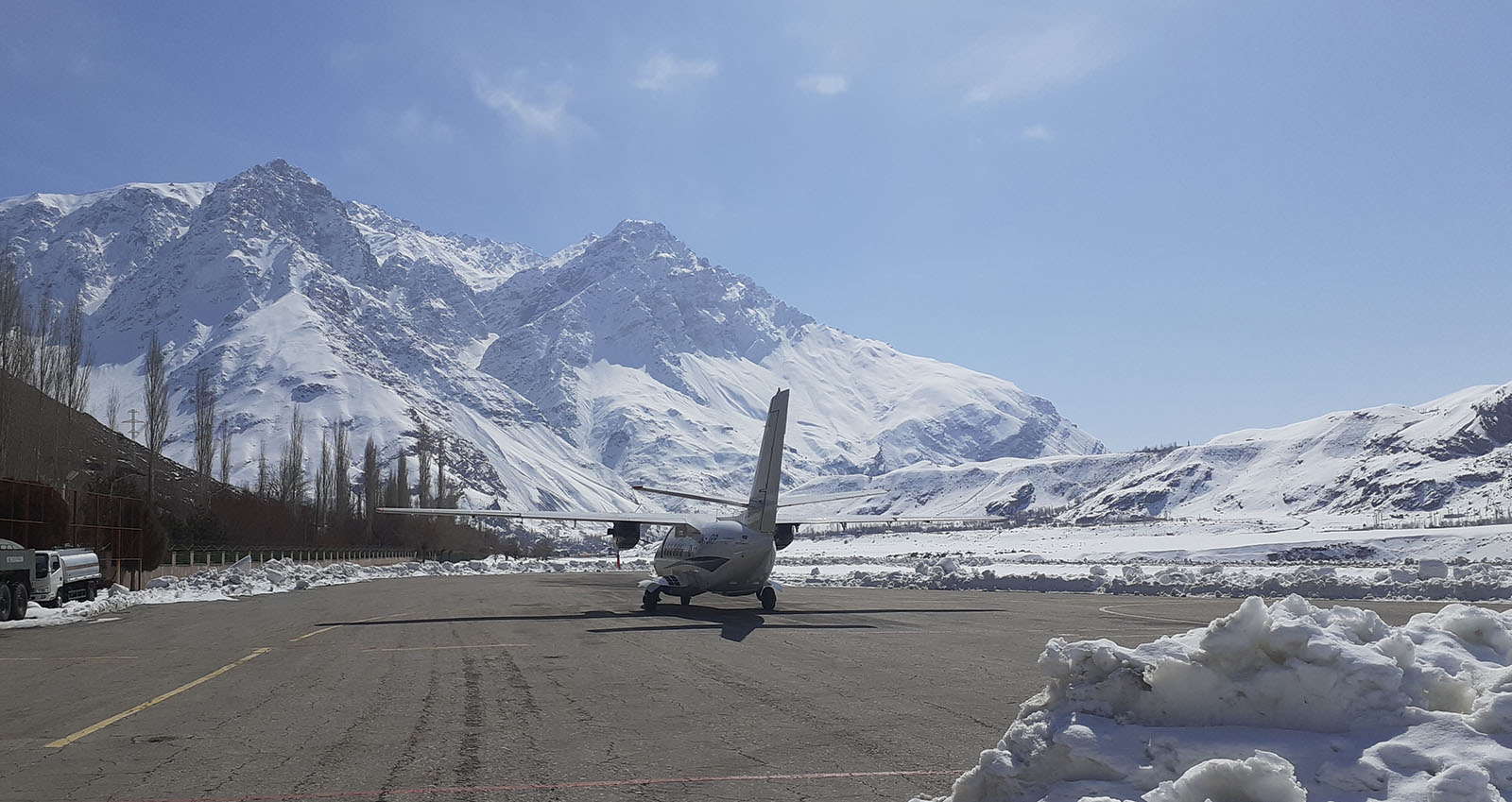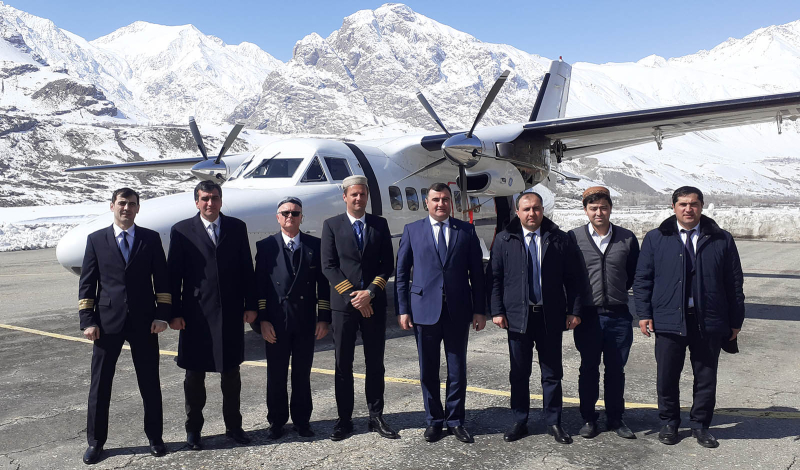Aviation
Over the Roof of the World
L 410 NG is the latest twin-engine turboprop by Aircraft Industries showcased in a tour across Central and East Asia powered with its H-85 turboprop engines on the most challenging runways.
Jul 2023
Since mid-February, starting from the large AERO India Show that was hosted in the Bangalore district, the Czech company Aircraft Industries - which has been building one of the most famous and reliable twin-engine turboprop aircraft, the (Let) L 410, since 1969 - inaugurated a trade tour that touched down in a dozen cities and related airports scattered between Central and East Asia, to then make its way back to Kunovice, in the Czech Republic, where the airframer’s headquarters is located.
Powered by a pair of H85-200 engines from the H-Series family, the star of the tour was Aircraft Industries' new L 410 NG: a multi-purpose aircraft capable of carrying up to 19 passengers plus crew and a maximum load of up to 2,300 kg (500 kg more than the previous version), for a range of up to nearly 1,400 nautical miles at a top speed of up to 225 knots.
Taking the company's delegation in the air along with visiting customers and institutions was Aircraft industries' Test Pilot, Vojtech Karlik, an experienced and graduated former airline pilot who has been working with the Czech company since 2018. "On the last demonstration flight of our tour, from Dushanbe to Khorog, the Aircraft Industries co-pilot Stanislav Zemlicka sat next to me in the cockpit, as we were carrying one of our technician and representatives from the Civil Aviation Authority of Tajikistan as well as from local airlines."
The Khorog airport, located 2,200 meters above sea level, is one of the world’s three most difficult airports to land at. This university town and tourist destination is in the south of the country, in the Badakhshan region bordering Afghanistan. "The aircraft is certified for a maximum altitude of 20,000 feet, while for passenger transport we fly at about 10,000 feet, as its cabin is not pressurized."
Tajikistan is composed of almost 90 percent mountains: the Pamir range, which intersects the western end of the Himalayas, occupies about half of the country and has peaks of up to 5,000 m. Khorog airport is located among those peaks. Its world-record runway is only 1,840 m "long".
"One end of the runway goes right towards the mountains, this does not allow standard safety procedures to be applied, and in fact Khorog airport does not have the ILS standard (Instrument Landing System, ed.), as well as having an unfavorable terrain and being subject to variability and rather borderline weather conditions," Karlik explains. “So, the crew needs be particularly careful, because you are flying through such high peaks with an unpressurized aircraft."
It was flown at low altitude, skirting the Panji River that marks the Afghan border, heading to the capital Dushanbe some 520 km away. A journey that usually takes up to 14 hours by car for Tajiks, safely took about 58 minutes with L 410 NG. For years, in fact, there air connection between Khorog and Dushanbe has been discontinuous, except when the route was served by an Antonov-28 aircraft which, however, suspended service in 2016.
This is why the Tajikistan government is seeking a solution to connect not only Khorog - for which the restoration of regular flights would represent a great opportunity for the development of the territory and facilitate the movement of people - but also several other important population centers in the country. While international flights are offered using Boeing 737s thanks to Somon Air, the solution provided by planes like the L 410 NG is optimal for safely traversing domestic routes among the world's highest peaks, and for landing in remote locations with limited space.
"In certain environments, it is crucial to take into account all flight and weather conditions," Karlik continued. “When we fly, we rely on so-called VFR (visual flight rules, ed.) and engines with sufficient power to increase speed at high altitudes, improving performance even when temperatures change and become much warmer as seasons and altitudes change. In fact, the new L 410 NG is equipped with H85-200s, which are significantly more powerful."
The tour, and in particular this last off-limits stop in Khorog, was a remarkable success and allowed to demonstrate how fast, safe and comfortable L 410 NG is. Alier Chudoberdi, Governor of the Badakhshan Mountainous Autonomous Region, told the Aircraft Industries team that.
"When we fly in certain environments, we rely on so-called VFR and engines with sufficient power to increase speed at high altitudes"
“Restoring the Dushanbe-Khorog air link will make it much easier for the residents to move about and will significantly contribute to the development of the entire region. The Czech twin-engine L 410 NG may be a key tool to this end: it is a robust aircraft that meets all our expectations, as well as those of local experts."
From expert to expert, and while counting on a reliable and solid aircraft with powerful engines, Aircraft Industries' test pilot advises all aviators who will be flying the skies above the most impressive mountain range on the planet: “my personal suggestion for them, is to confer with local pilots to benefit from their experience in these very skies."
Cover and page photos are courtesy of Aircraft Industries - Omnipol Group







